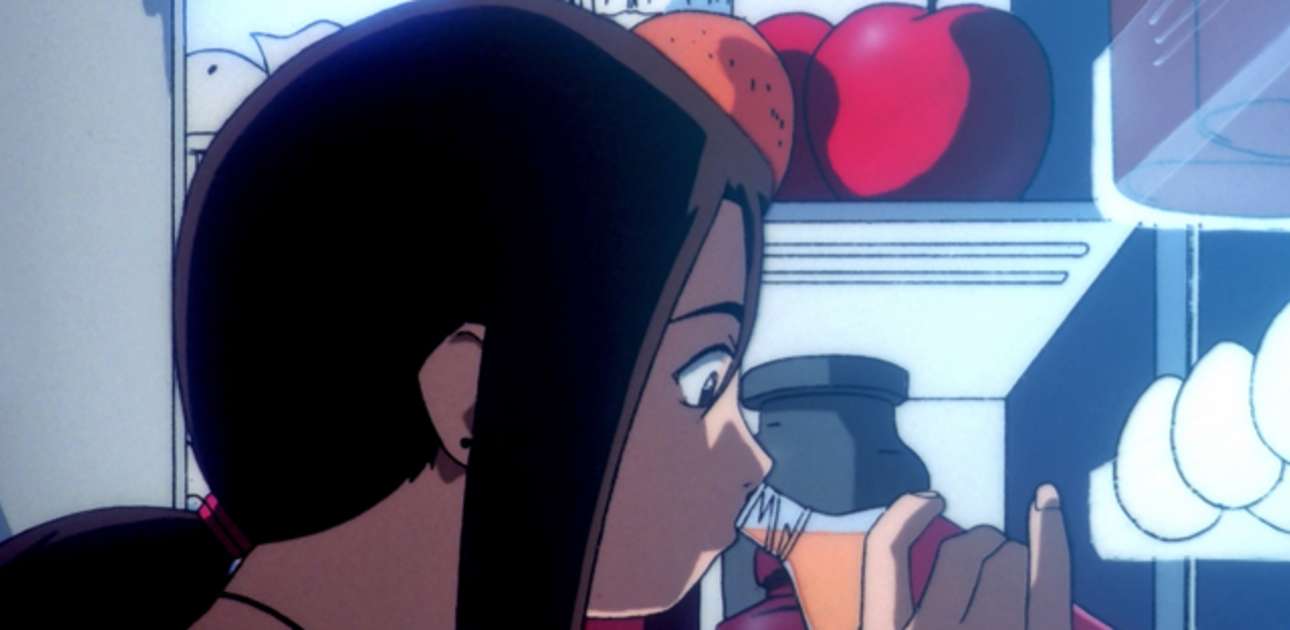

Here was a show with fast cars and a daring driver, with a family as absurd as his driving skills. Then, before the ’60s drew to a close, Speed Racer hit the scene. Viewers never even got a chance to experience the anime as originally intended. And when they did, the episodes weren’t shown in chronological order. Not to mention, these shows only received dubs when they reached a certain number for syndication. Characters’ Japanese names were dropped for more familiar and stylish ones, and violent or confusing scenes were either edited or removed. evil plots and heavy dose of Americanization. The 1960s: Quirky DialogueĪnime in the ‘60s captivated the U.S. The effects of this act would go on to change fans’ perceptions of English anime adaptations, leading fans to choose original Japanese voice tracks over the dubs.

#SERIAL EXPERIMENTS LAIN SUB OR DUB SERIES#
This was the standard practice for anime series that wanted to enter the Western market. As such, Astro Boy and other anime to follow had their storylines and content altered or removed. The ‘60s were a different time and Japanese animation explored topics that weren’t suitable for Western audiences, such as WWII and animal experimentations. However, dubbing animated shows for the American market back then wasn’t what it is today. Of its 193 episodes, Fred Ladd adapted 104 of them into English. Fred Ladd, a specialist in “westernizing” foreign animated programs, took the anime and created its pilot episode. Its animation style and aesthetic later became synonymous with anime worldwide.Īs the popularity of Astro Boy grew, NBC Enterprises acquired the North American distribution rights for the series. The rise of Japanese animation started with Astro Boy - a series about a robot boy - which premiered in 1963 and became an instant hit in Japan and abroad. But is it enough to compete with subs, or to knock them off their throne? Well, that requires a trip down memory lane to explore how dubs have evolved over the decades. Now, these companies invest a vast amount of resources into their anime adaptations and production team (including English voice actors), which has resulted in an increase in quality. The fanbase’s newfound interest - and demand - for accurate dubs forced distributors to start improving the localization process. This manner of dubbing would continue for decades.įortunately, these adaptations would fizzle out in the early ‘00s when fans became aware of what they were missing out on and started holding distributors accountable for their subpar and inaccurate adaptations. Couple that with the fact that these “cartoons” had both time and financial restraints that resulted in some poor quality shows, and it’s no wonder fans grew frustrated. On the rare occasion that content wasn’t cut, it was sanitized, or Americanized - in many cases, American audiences ended up with a vastly different product than what was released in Japan. They also removed content they deemed unsuitable for an American audience, which ended up being anything considered “foreign” or out of the norm. But in the states, dub producers went further than simply translating dialogue for an English-speaking audience. In fact, they go back to the early ‘60s when anime made its way to the U.S.

Anime dubs, the process of adapting a title into the import country’s native language, aren’t new.


 0 kommentar(er)
0 kommentar(er)
